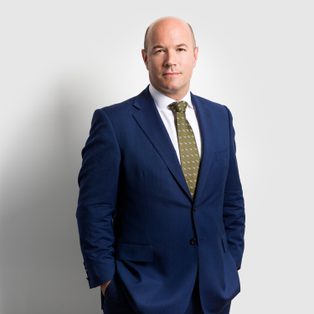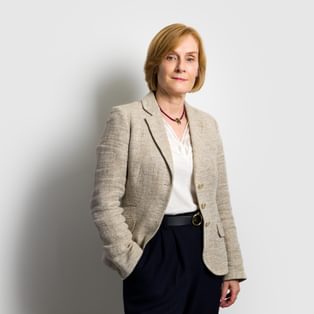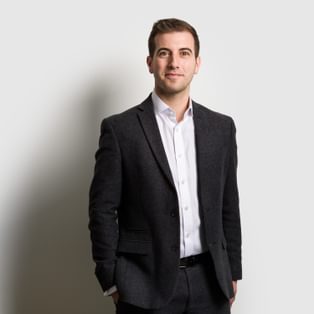This article has been originally published on Helena Luckhurst’s blog The Wealth Lawyer UK
April 2015 saw another radical overhaul of the taxation of UK pensions on death. Gone is the 55% tax charge on payment of a lump sum death benefit after death, if the pension member either died after their 75th birthday or died pre-75 having already entered into drawdown. Instead, pension payments from a money purchase pension can now be paid to the member’s nominated beneficiary in the form of either a lump sum, annuity or flexi-access drawdown and no 55% charge is payable at that time. The nominated beneficiary is taxed at their highest marginal rate of Income Tax in respect of any benefits received. In addition, the nominated beneficiary can pass on any remaining funds tax free on their death.
Many defined contribution private pension schemes are set up as trusts so that, on a pension member’s death, the pension trustees decide whom to pay any lump sum death benefit to. Members are encouraged to sign a letter of nomination – slightly misnamed as the letter is not binding on the pension trustees in any sense. The rules of certain pension schemes permit the lump sum benefit to be paid to a trust set up by a member in lifetime, often referred to as a spousal bypass trust. This is also, on its face, a misnomer because it is commonplace for the spouse to be a potential beneficiary of the trust, along with the children, and usually the intention was that the spouse would benefit from it during their lifetime.
Well drawn spousal bypass trusts would give the trustees an express power to lend on any terms, at which point the spouse could take a loan of the death benefits and deal with them as desired. On death, however, the debt due to the bypass trust would serve a purpose in reducing the amount of Inheritance Tax (IHT) payable on the spouse’s death. The loan route created the opportunity for a sum equivalent to the death benefit to pass to the children free of IHT – bypass the spouse’s estate for IHT, in other words. In contrast, if a bypass trust had not been used and the death benefit simply transferred to the spouse outright after the member’s death, 40% of the death benefits would be lost to IHT on the spouse’s death.
With the introduction of flexi-access drawdown, the IHT sheltering that the bypass trust provided can be replicated within the pension scheme itself now, because any remaining pension benefits on the nominated beneficiary’s death can pass free of IHT to the beneficiary’s successor. In addition, the pension can swap investments and accrue income free of Capital Gains Tax and Income Tax and it does not suffer periodic charges to IHT such as the ten year anniversary charge. The pilot trust does not enjoy any of these tax advantages.
Pension members who have made nominations to pilot trusts now need to review their arrangements to see if they are still attractive. A pilot trust may still have a use if the pension member cannot decide which of a range of people he might want to benefit and so he may need trustees to make that decision for him after death, based on circumstances at that time. Alternatively a pension member may simply want to retain more control. If the pension member does not trust his nominated beneficiary to appoint an appropriate successor, or if the nominated beneficiary may be tempted to draw down the pension in full in order to gain control of the pot, payment of the lump sum to trusted trustees of a pilot trust will allow the trustees to stay in charge. This could be an issue in second marriage scenarios, where the spouses each have children from a previous relationship whom they may wish to favour.
Of course, if the pilot trust is no longer needed, the letter of nomination to the pension trustees needs to be amended.

















































































